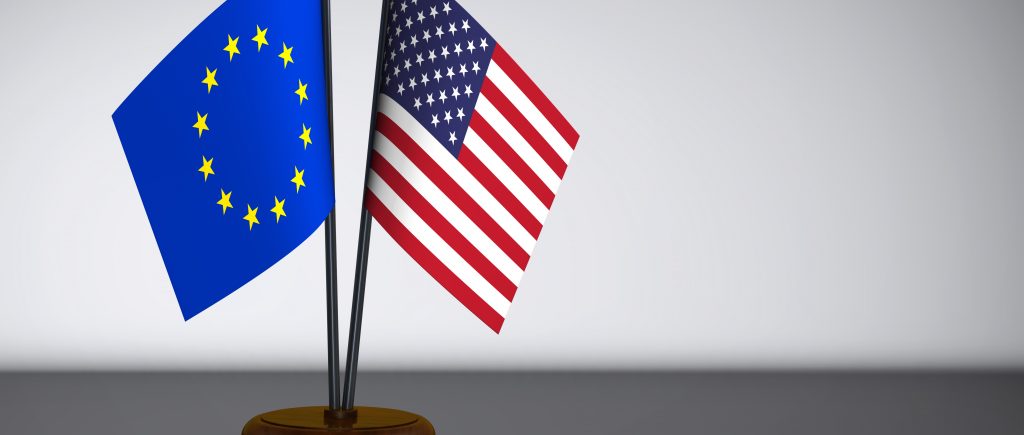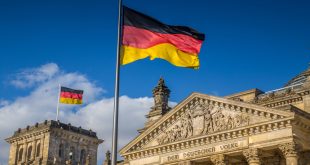The EUR/USD pair staged a dramatic rally on Friday, August 1, 2025, surging over 1% from a low of 1.1391 to a high of 1.1554. This sharp climb was fueled by a dismal US jobs report that sent shockwaves through financial markets, prompting investors to ramp up bets on aggressive Federal Reserve rate cuts. Meanwhile, resilient Eurozone inflation data provided additional tailwinds for the euro, shrugging off broader market concerns.
The catalyst for the Greenback’s battering was the July Nonfarm Payrolls (NFP) report, which revealed a meager 73,000 jobs added—far below expectations. Compounding the gloom, revisions to May and June data slashed a staggering 258,000 jobs from prior estimates. This trifecta of weak employment figures painted a grim picture of the US labor market, intensifying fears of an economic slowdown. Investors swiftly adjusted their outlook, with Fed funds futures now pricing in 62 basis points of easing by December and a 76% probability of a rate cut in September.
Across the Atlantic, Eurozone inflation data offered a counterpoint. The Harmonized Index of Consumer Prices (HICP) rose to 2.4% year-over-year, surpassing forecasts, while core HICP held steady at 2.0%. Though traders largely overlooked this positive surprise, it bolstered the euro’s strength against a faltering dollar. The EUR/USD’s upward momentum was further amplified by broader market dynamics, as Wall Street extended its losses amid mounting recession concerns.
Adding to the US economy’s woes, the Institute for Supply Management (ISM) reported a contraction in manufacturing activity, while the University of Michigan’s Consumer Sentiment Index for June deteriorated sharply. These disappointing indicators capped a rough day for US economic data, driving the EUR/USD to its highest level in weeks. As markets digest this volatility, all eyes remain on the Fed’s next moves and whether the Eurozone can sustain its resilience.

 Noor Trends News, Technical Analysis, Educational Tools and Recommendations
Noor Trends News, Technical Analysis, Educational Tools and Recommendations




